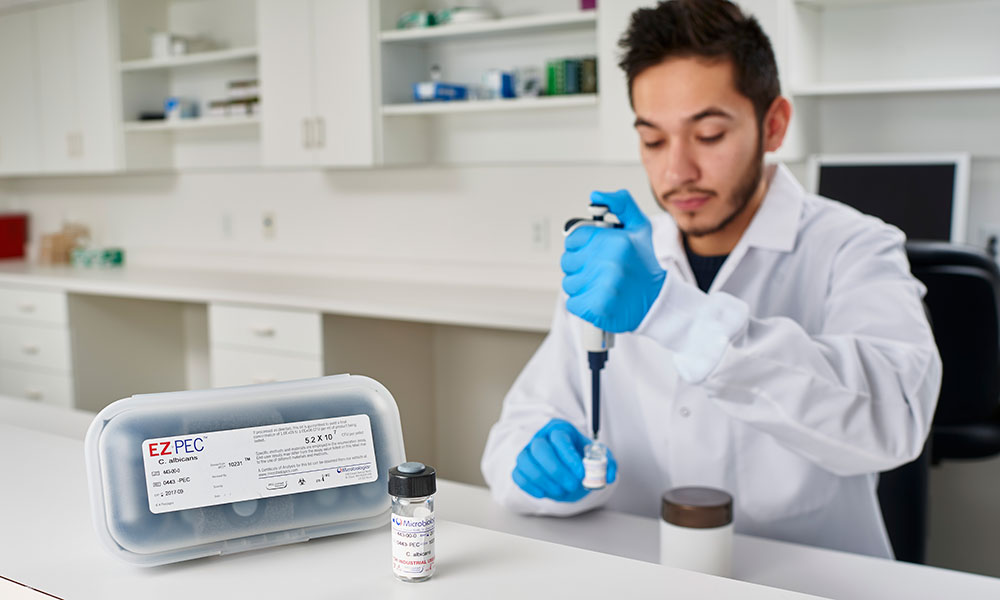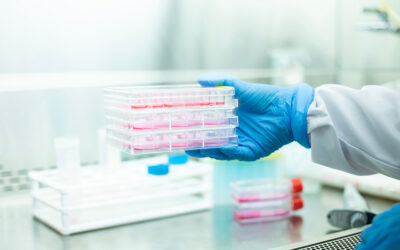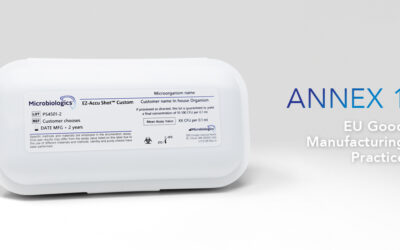What do taking two children, a dog and a cat on a cross-country road trip and performing the Antimicrobial Effectiveness Test (AET) have in common? They both require heaps of planning and an abundance of patience.
So, if the test is so challenging, why do it? The AET (also called Preservative Efficacy Test) is performed to determine if the antimicrobial(s) or preservative(s) in nonsterile or sterile multi-dose aqueous products can effectively prevent the proliferation of microorganisms.
The test procedure varies with the type of product a manufacturing facility produces (e.g., pharmaceutical, personal care products or paints) and the country in which the products are sold. The basic test involves adding a set number of microorganisms to the product and then, at specific intervals, performing an assay to determine how many microorganisms remain in it.
Below are a few tips for performing a successful antimicrobial effectiveness test.
1. Review your SOP
Before beginning, review your laboratory procedure for the test. Do you have all the supplies you will need?
2. Check equipment
Are maintenance, calibration and performance verification current for the equipment that will be used in the test? This includes equipment such as thermometers, pipettes, incubators and if applicable, densitometers or spectrophotometers.
Do you need to order new controls for the densitometer or spectrophotometer? Check the expiration date of the controls.
3. Ensure the media used in the test can support microbial growth
New lots of media must pass the growth promotion test before being put into use. According to the United States Pharmacopeia (USP), CFU counts obtained on Tryptic Soy Agar and Sabouraud Dextrose Agar must be at least 50 percent of the calculated value for a standardized inoculum or, in the case of a freshly prepared inoculum, produce growth comparable to that seen on a previously tested and approved batch of media.
4. Use the QC strains recommended by the standard or guideline for AET
The recommended strains can be found in the standards or guidelines you are following. QC strains should be purchased from a national culture collection or a qualified secondary supplier. They should be traceable to, and no more than five passages from, a national culture collection. Store controls according to the manufacturer’s directions and never use past their expiration date.
5. Consider testing additional strains
Is there another species, such as Burkholderia cepacia, or an in-house isolate that might contaminate your product?
6. Provide training for any inexperienced personnel who will be helping with the test
Explain why the test is done and show them how to do it.
7. Perform method suitability tests
Before you begin the AET, you need to do a suitability test. The purpose of the suitability test is to prove that microorganisms can be recovered from the product if they are present. In the test, identical volumes of the product and a positive control, such as saline, are inoculated with an identical inoculum of microorganisms. Next, the same volume from the product and the control are transferred to agar. The number of CFU recovered on agar from the product should be within 50 percent of the number recovered from the control. If recovery is less than 50 percent, a neutralizing agent or method may be needed to overcome the effect of the antimicrobial on the microorganisms.
8. Calculate the concentration of the initial inoculum
After the product is inoculated with microorganisms, it must be tested at various times such as 7 days, 14 days, and 28 days. The log10 value at the start of the test is compared to the log10 value after 7, 14, or 28 days has passed. For this reason, it is important to know the initial concentration of microorganisms added to the product. If you are using Microbiologics EZ-PEC™, see the document, Verifying the Starting CFU Concentration of EZ-PEC Inoculum, for illustrated instructions on how to determine the initial concentration. Download the document.
Watch the video below for step-by-step instructions on how to use EZ-PEC for the AET.
With careful planning, your antimicrobial testing should go smoothly. When you are done, perhaps you can go on that cross-country road trip. Or maybe just relax.
Read Next – New PCPC Guideline for Investigating Microbial Data Deviations in Personal Care Labs






Hi,
I m asking if we need to make always the AET testing for every new manufactured finished product batch or only once for the formulation in the beginning.
I know that we have to make this test for stability T0 and T end.
Thank you
Hello Aicha – If your laboratory is following USP <51>, Antimicrobial Effectiveness Testing (AET) should be performed when a new product is developed, if there has been a reformulation, or if there was a change in materials, methods or direct product handling that could affect the testing outcome. Please reach out to our Technical Support team at techsupport@microbiologics.com with further questions, or refer to the Pharmacopoeia that is being followed.